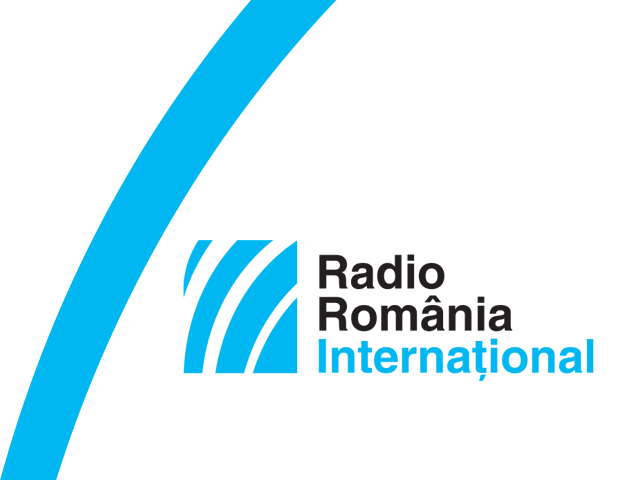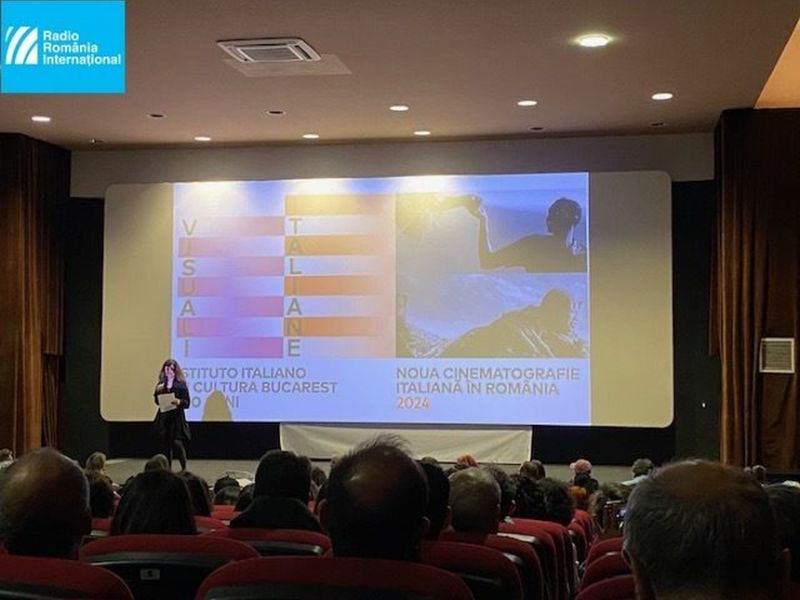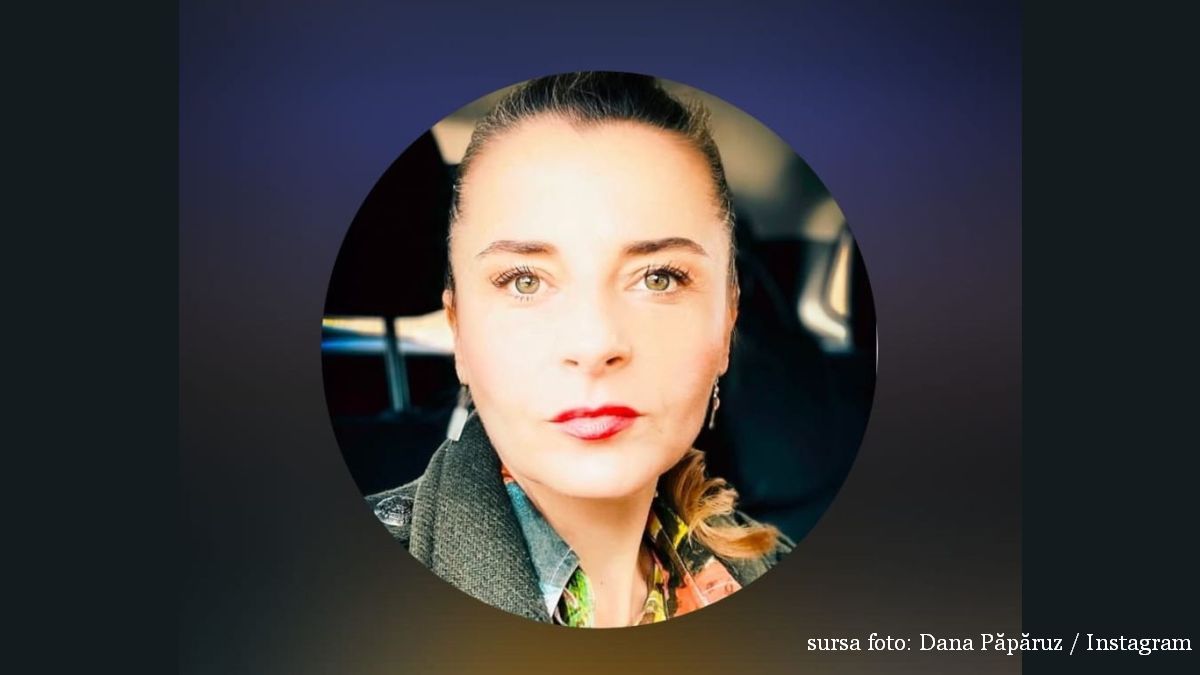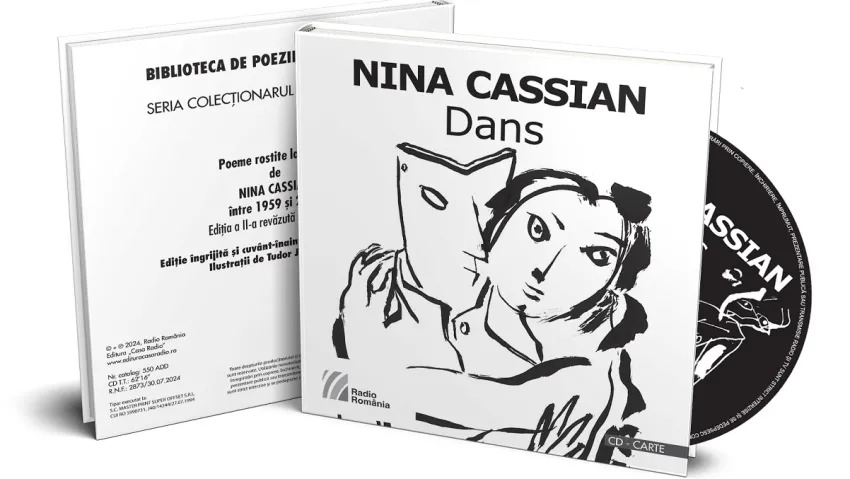NeoNlitic 3.0
The autumn
of 2021 brought with it the 3rd edition of an international
cultural, documentary, historical and art exhibition by contemporary artists called NeoNlitic
3.0, which aims to bring closer together the shared pre-historic cultures of 3
countries-Romania, Serbia and Greece. We talked to one of the initiators of the
project, the Romanian artist Andrei Cornea:
Warning: Trying to access array offset on null in /home/web/rri.ro/public/wp-content/themes/rri/template-parts/content.php on line 53
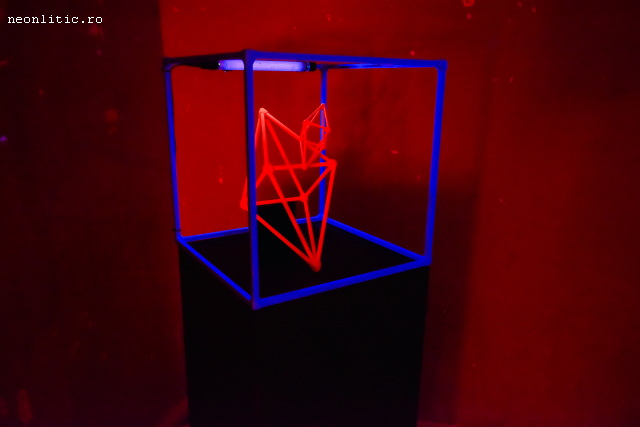
Warning: Trying to access array offset on null in /home/web/rri.ro/public/wp-content/themes/rri/template-parts/content.php on line 98
Ion Puican,
02.12.2021, 18:26
The autumn
of 2021 brought with it the 3rd edition of an international
cultural, documentary, historical and art exhibition by contemporary artists called NeoNlitic
3.0, which aims to bring closer together the shared pre-historic cultures of 3
countries-Romania, Serbia and Greece. We talked to one of the initiators of the
project, the Romanian artist Andrei Cornea:
Andrei
Cornea: This
edition of NeoNlitic is designed to take further the exploration of Neolithic
cultures on the territories of Romania and neighbouring countries, Serbia and
Greece this time. While in the first 2 editions we traced back the Hamangia and
Cucuteni cultures in Romania, this year we have documented and found
inspiration in the Starčevo-Körös-Criș and Vinca cultures in Romania and Serbia,
and in Greece we looked at the Sesklo culture, the forerunner of the Starčevo-Körös-Criș
culture. In other words, we set out to bring to the forefront works of art roughly
having the same source of inspiration, but produced by artists with different
backgrounds.
Another initiator
of this project, artist Daniel Loagăr, told us more about the concept behind NeoNlitic:
Daniel
Loagăr: NeoNlitic
suggests different solutions to the same challenge: a shared history. It has to
do with the dawn of mankind, the emergence of modern man, and the beginnings of
art. We didn’t try to copy the motifs of that period, but rather we innovated
using modern materials and techniques, drawing parallels and building bridges
between past and present, past and future. This was the challenge of the
artists involved in the project-embracing and showcasing their origins using
their own techniques and methods of working.
Daniel
Loagăr also gave us details about some of the works included in this year’s
selection:
Daniel
Loagăr: This year NeoNlitic 3.0 benefitted from an eclectic selection of
artists and works. We had video animations by Daniel Florea (Romania) and
Georgia Orfanidou (Greece), a short film by a Serbian artist; a performance by
another Serbian artist, who took part in 2 of the exhibitions in the project. We
also had ceramic sculptures by artists from all 3 countries, lots of light installations,
lithographs, fluorescent mix-media, paintings and the like. Some of the most
impressive works included NeoNlitic Tomb by Alexandru Răduță, a video animation
by Florea Alexandru Daniel, entitled The Anatomy of Existence; a light
installation by the Greek artist Yannis Didaskalou; a fluorescent sculpture
installation called Hommo Geometricus by Valentin Soare; artist Vlad Basarab’s
ceramic sculpture called Dark Metal; a video called NeoNlitic Ladies by
Darko Trajanovic; a media mix called Geological Section by Ion Alexandru. There
were also interactive installations, for instance Alex Manea imagined what a
music instrument might have looked like in the Stone Age and manufactured one. The
work, entitled Litophone, was on display in this project and the public were
able to interact with this installation.
Daniel
Loagăr also detailed some of the stages of the research process for the
project:
Daniel
Loagăr: The research for this year’s edition included both a history and archaeology
part, namely visits to archaeology sites and museums, and an artistic side,
with meetings with local artists, visits to art galleries and museums. In Romania
we started from sites in the Alba Iulia region, most importantly the one in Tărtăria,
which is famous for the engraved tables assumed to be a form of proto-writing. We
followed the Vinca and Starčevo-Criș cultures in Serbia, and in Novi Sad we
visited local art galleries and a contemporary art museum. We spent 5 days in
Belgrade, visiting the Archaeology Museum, the Zepter Museum, X-vitamin Gallery,
and met with one of the artists, Milorad Stajcic. Back to Romania, we visited a
fabulous site, Lepesnski Vir, where traces were discovered of the first human
settlement in Europe and the first monumental sculptures in Europe.
At the
end of our talk, Andrei Cornea told us about the places reached by the
NeoNlitic exhibition:
Andrei
Cornea: We first took our exhibition to the National Museum in Zrenjanin,
Serbia. Next came Romania, where we had the exhibition hosted by an art gallery
in Timișoara (west), and the last leg was in Thessaloniki, Greece. We are
having talks about further locations to take it, but for the time being we will
not make any public announcements, it will be a surprise. Most likely a
selection of the works from all 3 editions will be on display in the near
future in Brașov (central Romania). (tr. A.M. Popescu)

